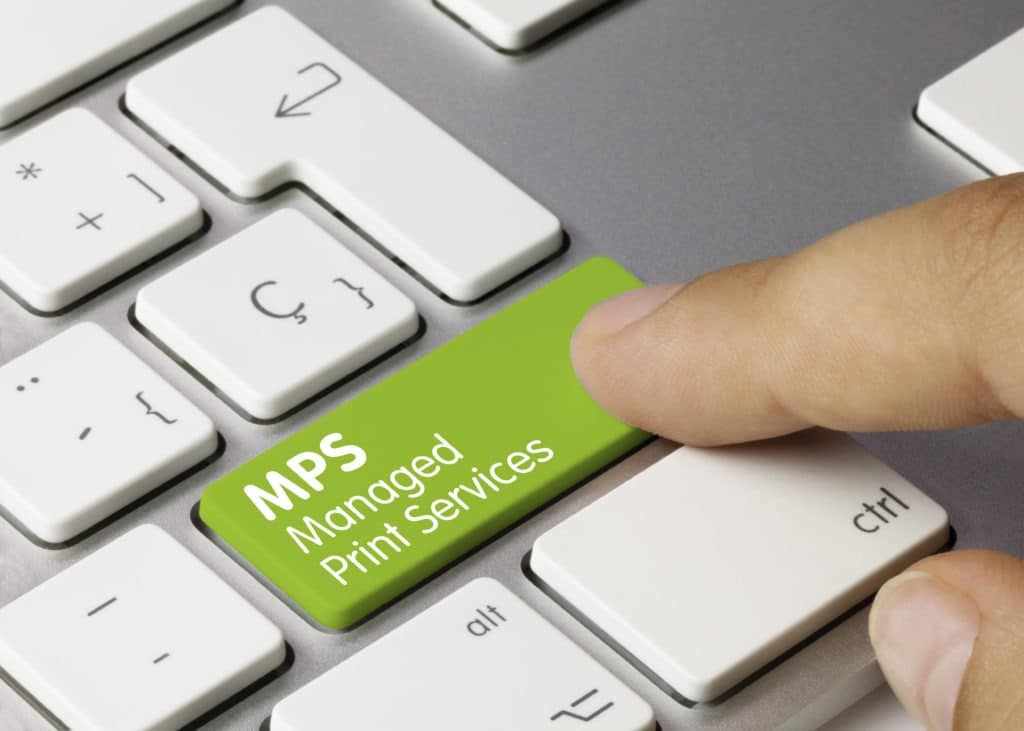 Today, writers frequently refer to managed print services or “MPS” primarily as a way to increase the efficiency of printing. This process typically reduces the volume of printed copies, helping enterprises cut costs and employ a lighter environmental footprint. Yet experts note sophisticated printer analytics also comprises an important aspect of MPS. This brief article explores this interesting issue.
Today, writers frequently refer to managed print services or “MPS” primarily as a way to increase the efficiency of printing. This process typically reduces the volume of printed copies, helping enterprises cut costs and employ a lighter environmental footprint. Yet experts note sophisticated printer analytics also comprises an important aspect of MPS. This brief article explores this interesting issue.
Printer Analytics?
As society rapidly enters the era of the Internet of Things, smart devices become more commonplace in many work settings. Printer analytics furnishes managers with a clearer understanding of the way people actually utilize the firm’s printers on a daily basis. In some situations, it may enable an enterprise to transition more smoothly towards the adoption of Internet-connected “smart” printers.
Consider just a few of the benefits offered by printer analytics. This data potentially helps administrators allocate printer resources more cost-effectively:
- Discover which printers generate the greatest output on a daily, weekly, and monthly basis;
- Identify areas of wasteful or redundant document duplication;
- Anticipate the need for printer replacement parts and supplies with greater accuracy;
- Identify the percentage of specific groups utilizing every printer, such as employees or visitors;
- Document printer malfunction and repair issues to gain a better appreciation of operating expenses.
These pieces of information, and other details, help create a vivid profile of every printer within an organization. Utilizing MPS offers particular value in situations in which no single authority keeps track of printing expenses. It potentially saves businesses thousands (or even tens of thousands) of dollars!
Employ Printer Analytics to Achieve Specific Enterprise Goals
Like other forms of analyses, printer analytics only benefits enterprises that utilize the harvested data productively. Companies that furnish MPS assistance strive to help clients achieve desired objectives by manipulating and applying this information. For example, perhaps one customer needs assistance cutting costs? Maybe another seeks to reduce potential printing security loopholes? Yet a third customer may desire assistance in developing an accurate profile of the types of printers its employees require in order to perform their jobs more efficiently?
The uses of printer analytics ultimately depend upon the needs and priorities of individual customers. Capable providers of MPS require the flexibility to accommodate unique client operational models. This exciting field promises to expand significantly as more enterprises discover its advantages!
